 To enhance service speed and avoid tariff delays, we've opened a US warehouse. All US orders ship directly from our US facility.
To enhance service speed and avoid tariff delays, we've opened a US warehouse. All US orders ship directly from our US facility.
| Cat. No. | Product Name | Field of Application | Chemical Structure |
|---|---|---|---|
| DC60690 | Gibberellin A4 Featured |
Gibberellin A4 is a natural compound that can be isolated from Sphaceloma manihoticola. Gibberellin A4 is a causal agent of cassava superelongation disease.
More description
|
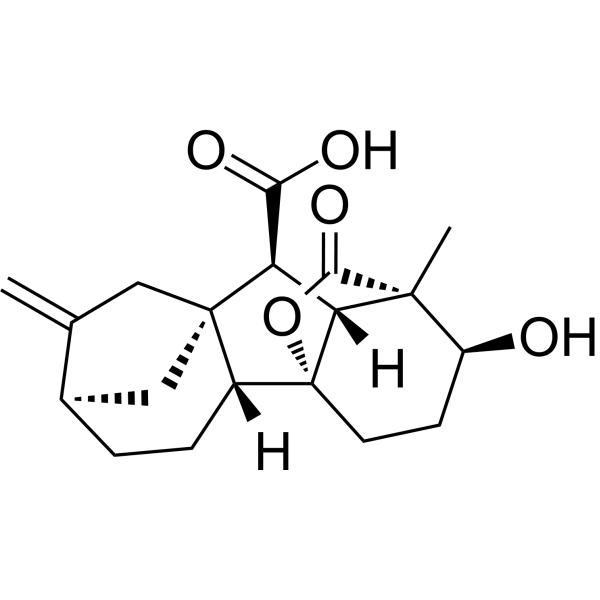
|
| DC60688 | Gibberellin A3 methyl ester Featured |
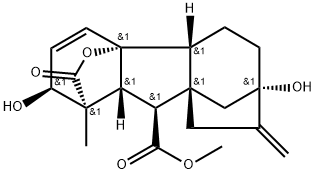
|
|
| DC48758 | Gibberellin A1 Featured |
Gibberellin A1 is a kind of plant hormones. Gibberellin A1 is a growth-promoting acids isolated from immature seed of Phaseolus multiflorus.
More description
|
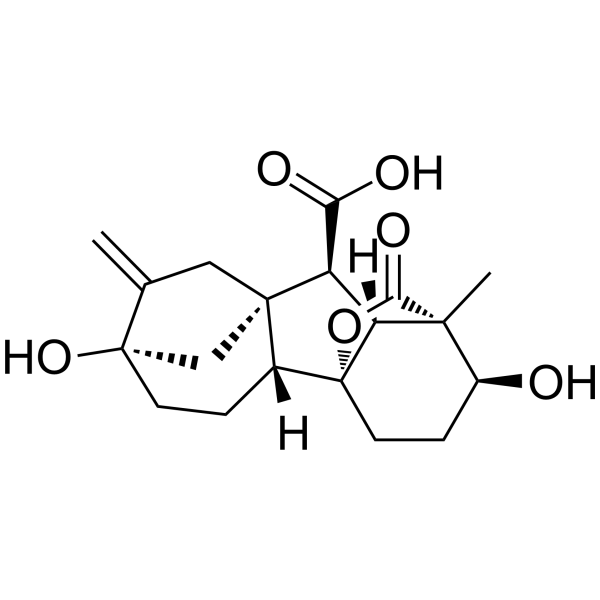
|
| DC49096 | (22S,23S)-Homobrassinolide Featured |
(22S,23S)-Homobrassinolide is one of the most active brassinosteroids in inducing plant growth in various plant bioassay systems. (22S,23S)-Homobrassinolide shows Akt-dependent anabolic activity in rat skeletal muscle cells. Orally active.
More description
|
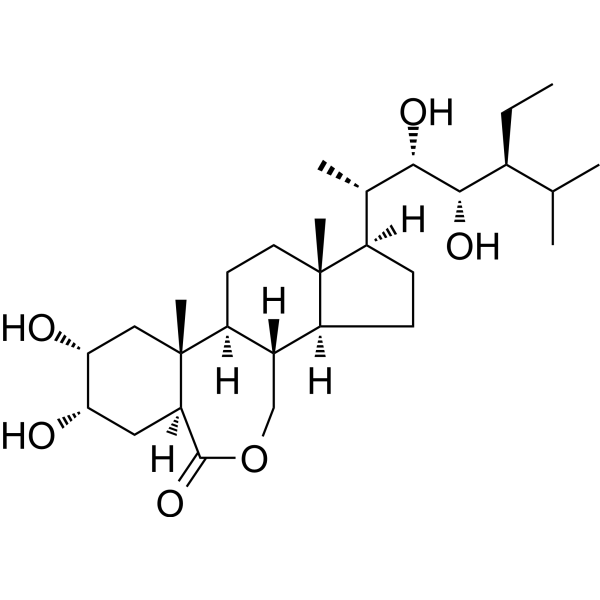
|
| DC29108 | Pam3CSK4 TFA Featured |
Pam3CSK4 TFA is a toll-like receptor 1/2 (TLR1/2) agonist with an EC50 of 0.47 ng/mL for human TLR1/2.
More description
|

|
| DC60687 | DYR530 Featured |
DYR530 is a high affinity DYRK1A inhibitor with Kd of 0.91 nM.
More description
|
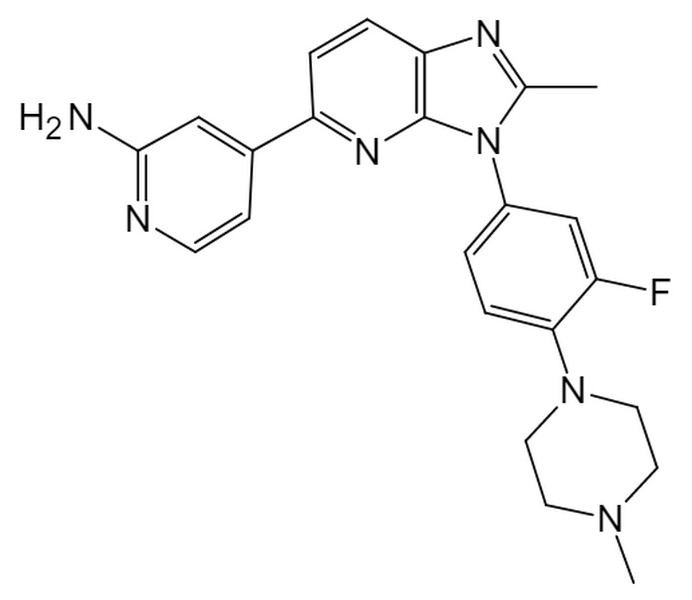
|
| DC11726 | Milademetan Featured |
Milademetan (DS-3032) is a specific and orally active MDM2 inhibitor for the research of acute myeloid leukemia (AML) or solid tumors. Milademetan (DS-3032) induces G1 cell cycle arrest, senescence and apoptosis.
More description
|

|
| DC9973 | Osilodrostat phosphate Featured |
Osilodrostat (LCI699) phosphate is a potent, orally active11β-hydroxylase (CYP11B1) inhibitor with an IC50 value of 35 nM. Osilodrostat phosphate is a potent, orally aldosterone synthase (CYP11B2) inhibitor with IC50 values of 0.7 nM and 160 nM for human aldosterone synthase and rat aldosterone synthase, respectively. Osilodrostat phosphate inhibits aldosterone and corticosterone synthesis. Osilodrostat phosphate has blood pressure lowering ability. Osilodrostat phosphate can be used for research of Cushing syndrome (CS).
More description
|
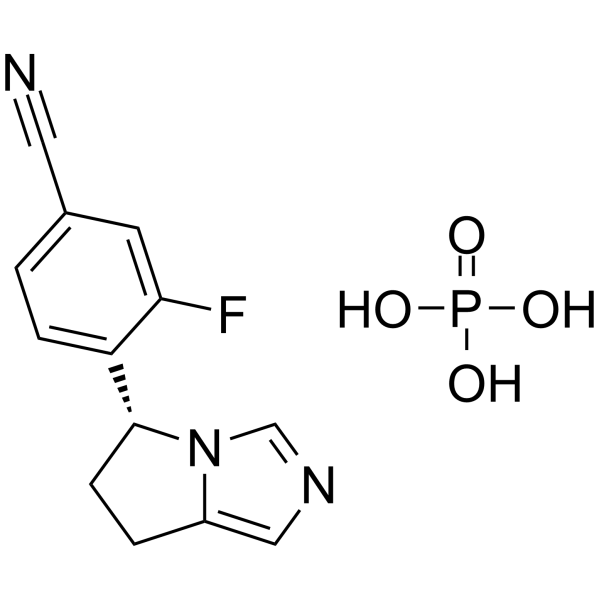
|
| DC66120 | DSPE-SE-SE-mPEG Featured |
The diselenide bond is an important chemical bond formed by two selenium atoms sharing a pair of electrons. Because the electronegativity of selenium atom is low, the bond energy of diselenide bond is low, so it has the characteristics of strong reactivity and easy to break. In polymer materials, the dynamic chemical properties of diselenide bond make it have a wide application prospect.
The dynamic chemical properties of diselenide bond are mainly manifested in its easy fracture and formation. In polymer materials, diselenide bond fracture can be achieved by external stimuli (such as light, heat, electricity, etc.) or chemical reactions. For example, through the action of photosensitizer initiator, polymer materials containing diselenide bonds can be broken under ultraviolet irradiation, so as to achieve controlled degradation of materials.
In addition to breaking, diselenide bonds can also form new bonds. In polymer materials, diselenide bonds can form new bonds by free radical reaction or nucleophilic substitution reaction. For example, through free radical reactions, polymer materials containing diselenide bonds can be reacted with other free radical reactants to form new bonds and achieve cross-linking or modification of materials. In addition, diselenide bonds can also form new bonds through nucleophilic substitution reactions, such as in the presence of nucleophilic reagents, diselenide bonds can be replaced, so as to achieve the functionalization or modification of materials.
More description
|

|
| DC74022 | IDE-397 Featured |
IDE-397 (GSK-4362676, GSK-676) is a potent, selective small molecule methionine adenosyltransferase 2a (MAT2A) inhibitor, displays broad anti-tumor activity across a panel of MTAP-deleted patient-derived xenografts.
More description
|
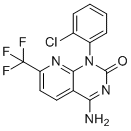
|
| PR0047243 | ERD-1233 Featured |
ERD-1233 is a potent and orally efficacious estrogen receptor α (ERα) degrader with DC50 of 0.9 nM. ERD-1233 does not display any liability in CYP inhibition, hERG inhibition, and microsomal and plasma stability. ERD-1233 effectively reduces ER protein in ER+ tumors and achieves tumor regression in the ER wild-type MCF-7 xenograft tumor model.
ERD-1233 is a potent and orally efficacious estrogen receptor α (ERα) degrader with DC50 of 0.9 nM. ERD-1233 does not display any liability in CYP inhibition, hERG inhibition, and microsomal and plasma stability. ERD-1233 effectively reduces ER protein in ER+ tumors and achieves tumor regression in the ER wild-type MCF-7 xenograft tumor model.
More description
|
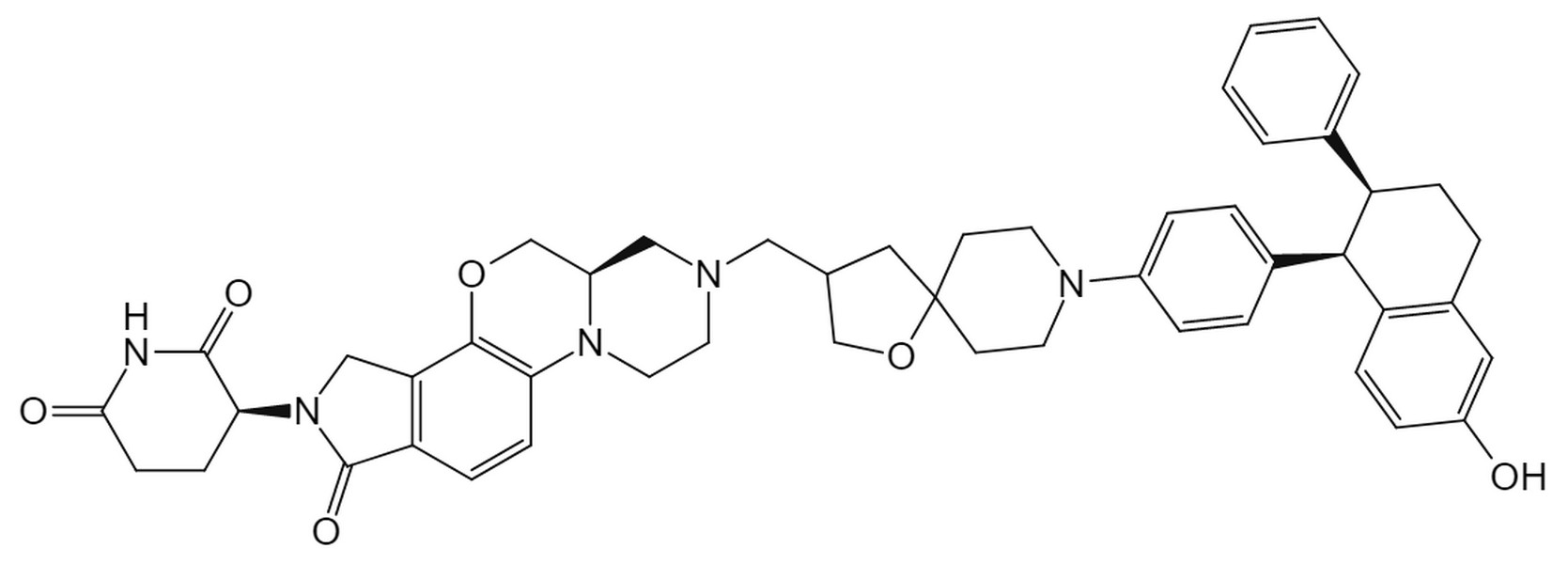
|
| DC60382 | Dimyristyloxypropyla mine Featured |

|
|
| DC60379 | HisChol Featured |

|
|
| DC60359 | Dicetylamine Featured |
Dicetylamine is a biochemical
More description
|

|
| DC65735 | 1,2-Dioleoyl-sn-glycero-3-phosphoethanolamine Featured |

|
|
| DC65732 | 1,2-dipalmitoyl-3-succinylglycerol Featured |

|
|
| DC65740 | 1-Stearoyl-2-linoleoyl-sn-glycero-3-phospho-L-serine sodium Featured |
1-Stearoyl-2-linoleoyl-sn-glycero-3-phospho-L-serine sodium is a glycerophospholipid.
More description
|
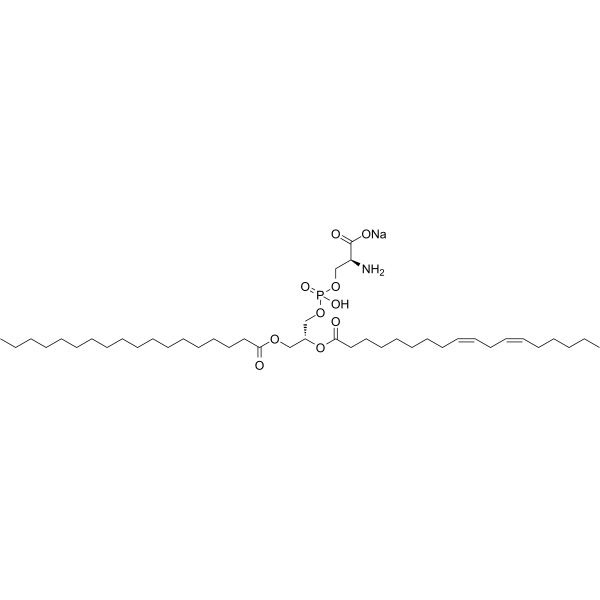
|
| DC65738 | 1-Stearoyl-2-oleoyl-sn-glycero-3-PC Featured |
2-Oleoyl-1-stearoyl-sn-glycero-3-phosphocholine (1-Stearoyl-2-oleoyl-sn-glycero-3-PC) is an active compound. 2-Oleoyl-1-stearoyl-sn-glycero-3-phosphocholine can be used for various biochemical studies.
More description
|
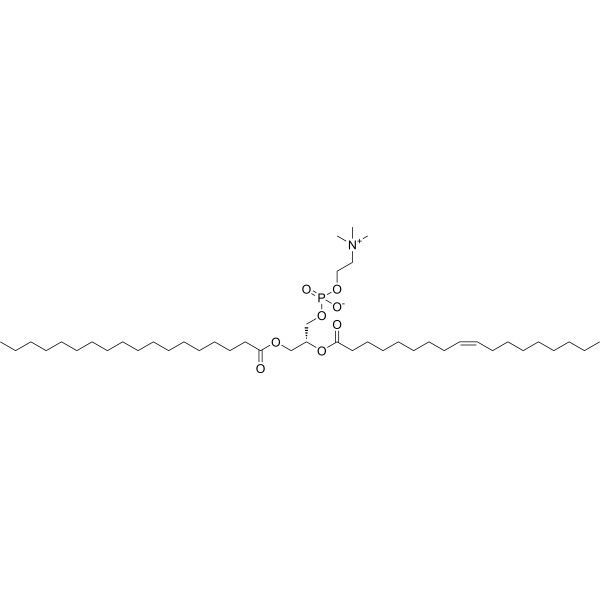
|
| DC65737 | 1,2-Dimyristoyl-sn-giycero-3-phospho-l-serine (Na salt) Featured |

|
|
| DC65736 | 1,2-Dilauroyl-sn-giycero-3-phospho-l-serine sodium-salt Featured |

|
|
| DC65741 | 1,2-Dipalmitoyl-sn-giycero-3-phosphoethanolamine-N-[3-(2-pyridyldithio)propionate](sodiuM salt) Featured |

|
|
| DC65748 | 1,2-Dibutyryl-sn-glycero-3-phosphocholine Featured |

|
|
| DC65747 | 1,2-Dioleoyl-3-palmitoyl-rac-glycerol Featured |

|
|
| DC65746 | 1,2-dieicosanoyl-sn-glycero-3-phosphocholine Featured |

|
|
| DC65744 | 1,2-Dioleoyl-sn-glycero-3-phosphocholine Featured |

|
|
| DC65750 | 1,2-dioctanoyl-sn-glycero-3-phosphate acid (sodium salt) Featured |

|
|
| DC65749 | 18:1 DGS 1,2-Dioleoyl-sn-glycerol-3-succinate Featured |

|
|
| DC50087 | 1,2-Dimyristoyl-sn-glycerol Featured |
1,2-Dimyristoyl-sn-glycerol is a saturated diacylglycerol and a weak second messenger for the activation of PKC.
More description
|
.gif)
|
| DC65767 | 2-(2-(2-Aminoethoxy)ethoxy)acetic acid hydrochloride Featured |

|
|
| DC65756 | Trilinolein Featured |
Trilinolein is an endogenous metabolite.
More description
|
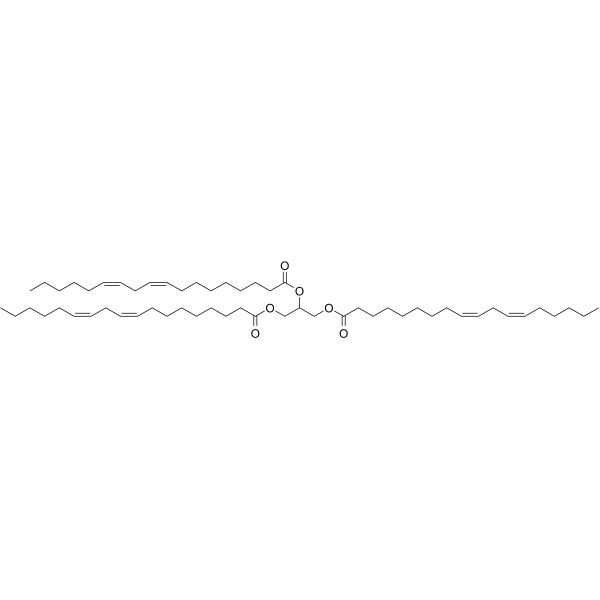
|